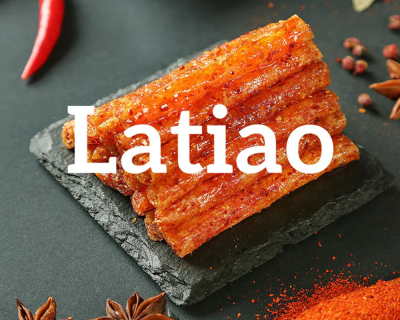
Granular Product Packaging: Methods, Materials, and Equipment
Introduction
Granular products such as rice, beans, sugar, coffee, cereals, and even pet food are a staple in both consumer and industrial markets. Ensuring their quality, freshness, and safety largely depends on the type of packaging solution chosen. In this article, we will explore the science of granular packaging, the common packaging formats, suitable materials, and the equipment most often used in the process.
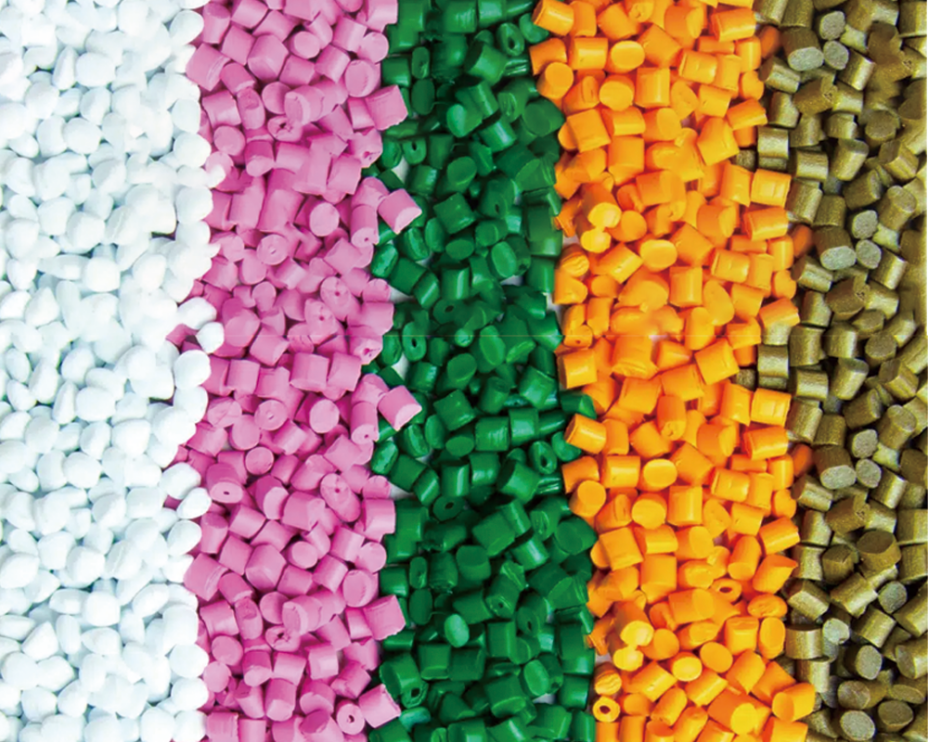
Why Granular Products Require Specialized Packaging
Unlike powders or liquids, granular items have unique flow characteristics. They are free-flowing, yet irregular in size, which makes filling accuracy and packaging efficiency crucial. Improper packaging can lead to weight inconsistencies, product contamination, or reduced shelf life. For this reason, industries rely on tailored systems that combine precision filling technologies with sealing and protective packaging formats.
Common Packaging Formats for Granular Goods
Granular products can be found in a wide range of packaging types, from small consumer sachets to large industrial bulk bags. Small sachets or pouches are widely used for retail products like coffee or spices, while larger pillow bags and stand-up pouches are popular for rice, beans, and cereals. Flexible packaging is preferred due to its lightweight nature, storage efficiency, and cost-effectiveness compared to rigid containers.
Choosing the Right Packaging Material
The choice of packaging film plays a critical role in protecting granular items from moisture, oxygen, and handling stress. Below is a summary of commonly used materials for granular packaging:
Material | Advantages | Limitations | Applications |
Polyethylene (PE) | Cost-effective, moisture resistant, good flexibility | Limited oxygen barrier | Rice, beans, cereals |
Polypropylene (PP) | High strength, excellent clarity, good sealing | Lower puncture resistance | Sugar, coffee, snacks |
Laminated Films (PET/PE) | Strong barrier to moisture and oxygen, durable | Higher cost compared to mono films | Spices, premium coffee, seeds |
Paper Laminates | Eco-friendly appearance, recyclable options available | Lower barrier properties without coating | Organic products, pet food |
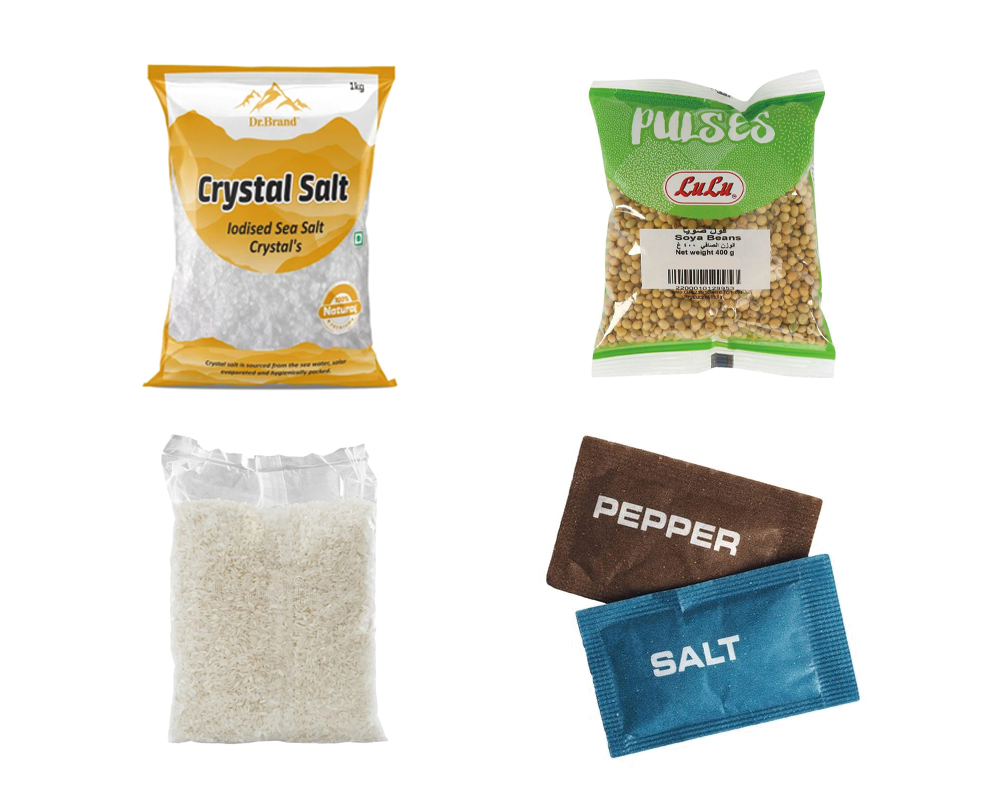
Packaging Equipment and Technology
To handle granular goods effectively, automation plays a major role. Vertical Form-Fill-Seal (VFFS) machines equipped with volumetric cup fillers are among the most widely used solutions. The volumetric cup filler ensures precise portioning by measuring products based on volume, which is ideal for consistent granule sizes like rice, beans, or sugar.
Once measured, the product is released into a film tube formed by the vertical machine, then sealed into pouches or pillow bags. This process ensures efficiency, reduces labor requirements, and maintains packaging uniformity. For manufacturers, the combination of VFFS machines with volumetric fillers strikes a balance between cost, speed, and accuracy.
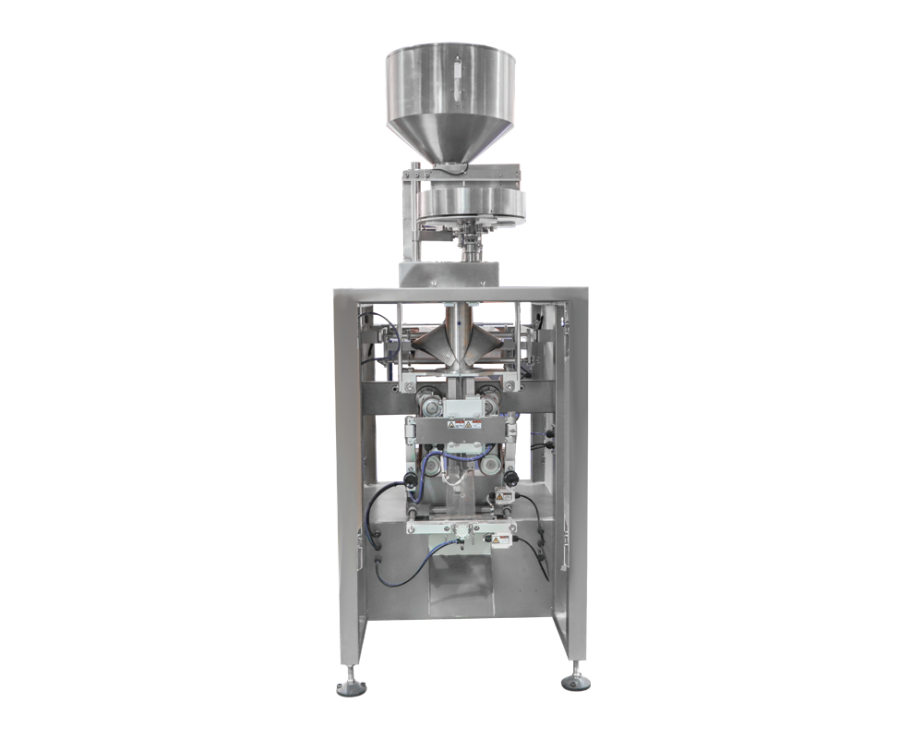
Quality, Shelf Life, and Sustainability Considerations
Modern packaging has evolved far beyond its traditional role of simply containing products—it now serves multiple essential functions that include extending product freshness, providing robust protection against various environmental factors, and meeting the growing sustainability expectations of today's consumers. As environmental awareness continues to rise globally, an increasing number of conscious consumers are actively seeking out eco-friendly packaging solutions, which has led more forward-thinking companies to transition towards using biodegradable materials or fully recyclable films in their packaging designs. This shift is particularly crucial for delicate granular products such as premium coffee beans or organic cereals, where specialized packaging must not only maintain optimal flavor preservation but also significantly reduce material waste throughout the entire product lifecycle. The modern packaging industry is thus facing the dual challenge of enhancing product protection while simultaneously minimizing environmental impact, requiring innovative approaches that balance functionality with ecological responsibility.
Future Trends in Granular Packaging
The future of granular product packaging is shaped by digitalization and smart technologies. Systems with integrated sensors to monitor weight, seal integrity, and product flow are gaining popularity. At the same time, sustainable materials and energy-efficient machinery are expected to dominate the industry landscape, driven by both consumer demand and regulatory requirements.
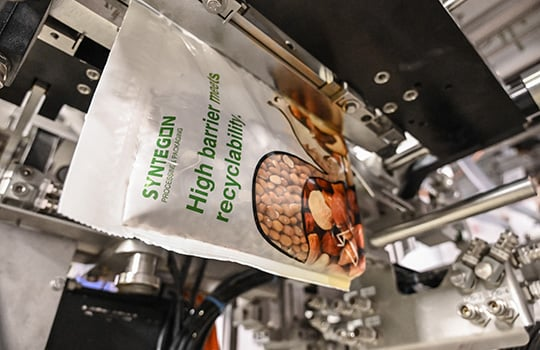
Conclusion
Granular product packaging is a complex but fascinating field that combines material science, machinery innovation, and consumer preferences. From moisture-resistant films to vertical packaging machines with volumetric cup fillers, every detail influences product quality and operational efficiency. As sustainability becomes more central, the packaging of granular goods is set to evolve even further, offering both challenges and opportunities for manufacturers worldwide.
Get the latest price? We'll respond as soon as possible(within 12 hours)











